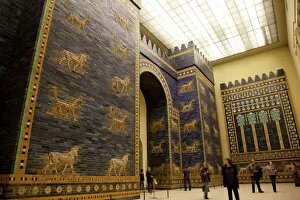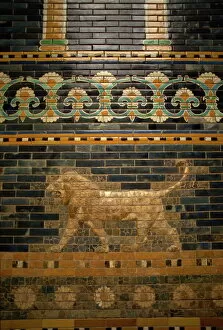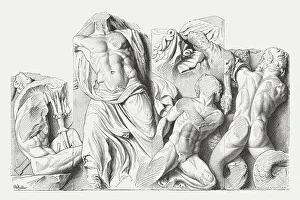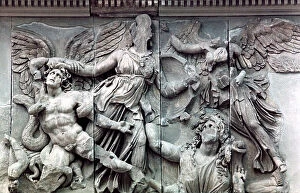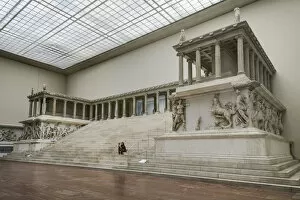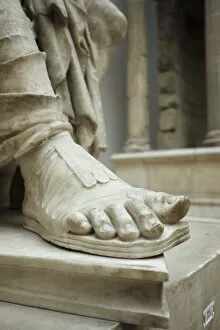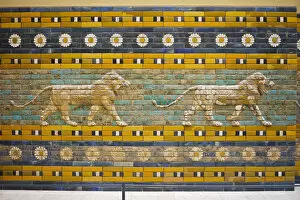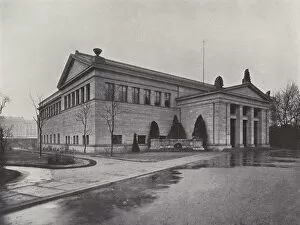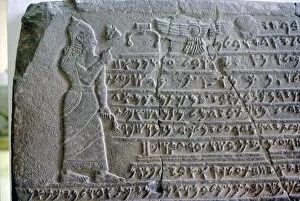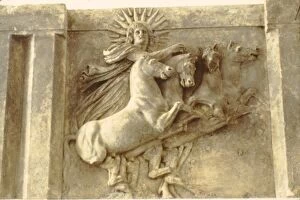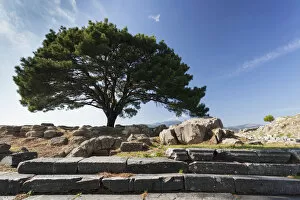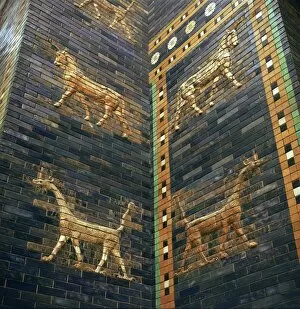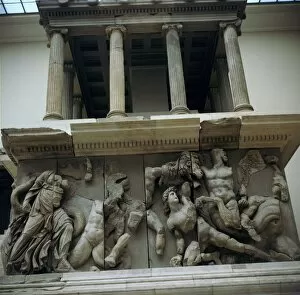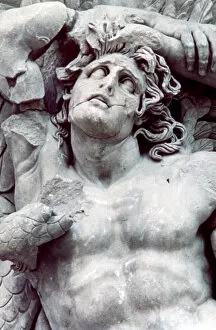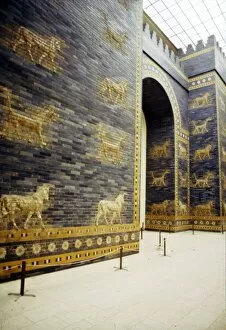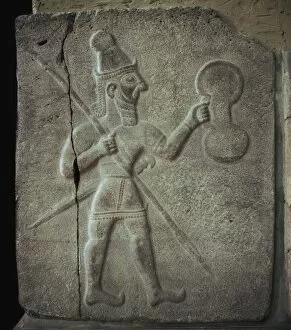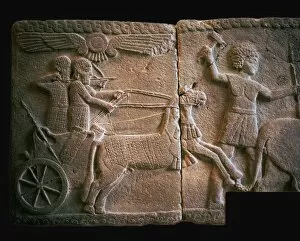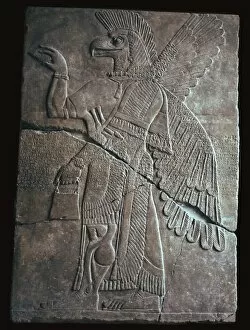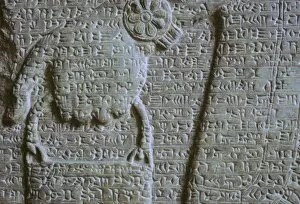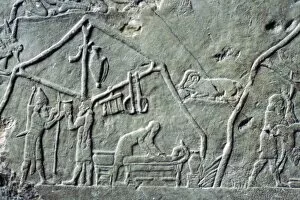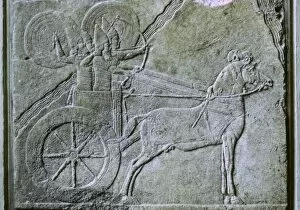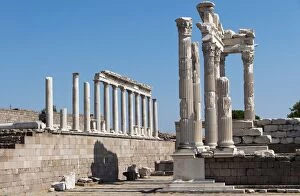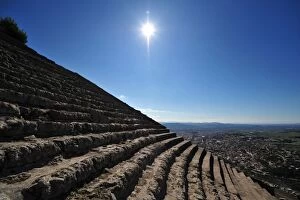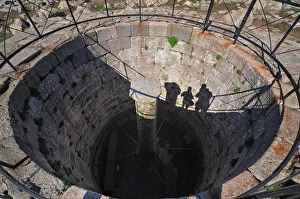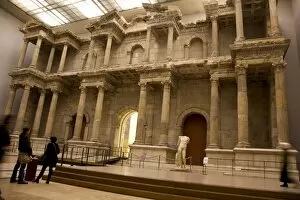Pergamon Museum Collection
The Pergamon Museum in Berlin, Germany is a treasure trove of ancient artifacts that transport visitors back in time
For sale as Licensed Images
Choose your image, Select your licence and Download the media
The Pergamon Museum in Berlin, Germany is a treasure trove of ancient artifacts that transport visitors back in time. One of the highlights is the Ishtar Gate from Babylon, an impressive structure that stands tall and proud within the museum's walls. Its glazed tiles, adorned with intricate designs, showcase the grandeur of Nebuchadnezzar's Babylon. Another fascinating exhibit is the Relief from Pergamon Altar, a masterpiece published in 1881. The detailed carvings on this relief depict scenes from ancient Asia Minor and provide valuable insights into their culture and beliefs. Among these carvings is a captivating detail from the Great Frieze of the Pergamon Altar, dating back to 180-159 BC. As you explore further, you'll come across Sol, Roman Sun-God in his chariot—a remarkable relief crafted between 400-370 BC. This artwork beautifully captures both power and grace as Sol traverses through the heavens. The museum also houses Athena from the Frieze of the Pergamon Altar—an exquisite representation of wisdom and strength. Standing alongside her are cuneiform inscriptions honoring Ahura Mazda—an important figure in Persian mythology. Don't miss out on viewing moulded bricks showcasing lions and mushrushu creatures—symbols of protection—from Ishtar Gate during its glory days in the 7th century BC. Additionally, take your time to appreciate every detail on Zeus' altar—a true marvel dating back to the 2nd century BC. Amongst all these grand exhibits lies a humble foot from a stone statue—a reminder that even fragments can hold great significance when piecing together history. Lastly, immerse yourself in awe as you walk along Processional Way—the path once taken by Babylonian royalty during ceremonial processions—now preserved for generations to admire at Pergamon Museum.

